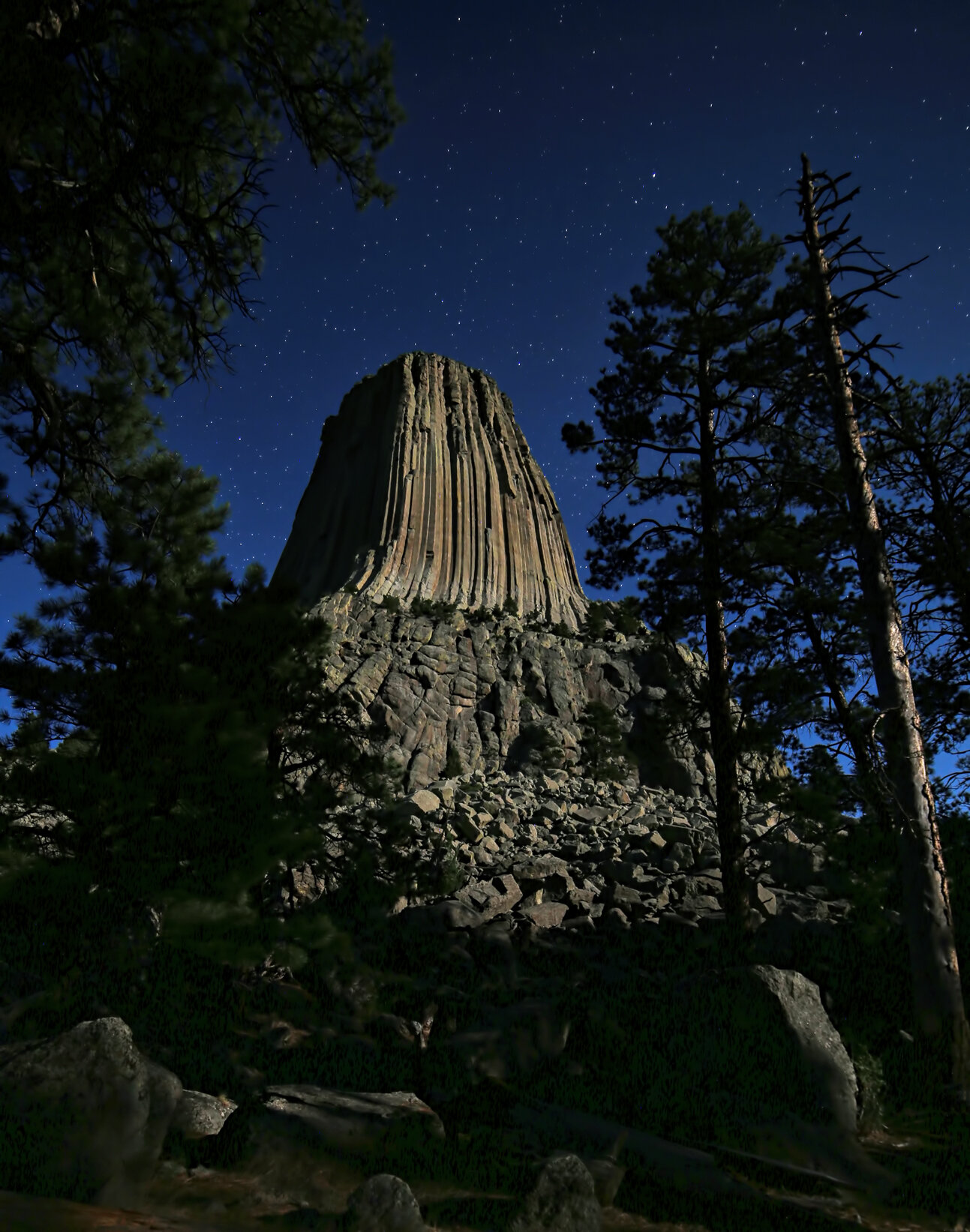make quite the racket and are busy tending to their family nesting in the back wall of my cedar-sided home.
Adult House Wren (Troglodytes aedon) at the entrance to the nest and, if you look closely, you can spy two open mouths inside the cavity. The dark brown box to the left is an occupied bat house!
Bringing home the bacon to the newborns.
UPDATE: A fledgling House Wren (left) being taught how to hunt insects in the bark of a ponderosa pine tree. Pay attention now!










































